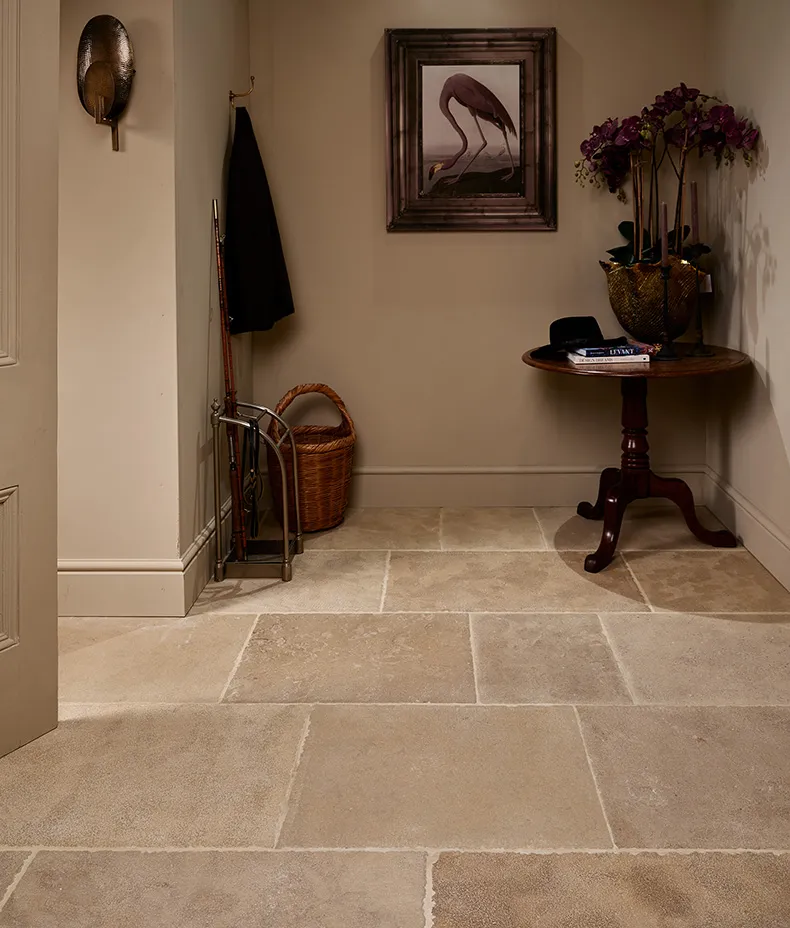Outdoor activities with babies bring joy and create lasting family memories. Baby strollers are essential tools that make these experiences easier and more enjoyable for parents. They offer convenience, safety, and comfort, allowing parents to focus on exploring nature and spending quality time with their little ones. A good stroller helps parents move freely, manage baby’s needs on the go, and feel confident during outdoor trips.
Convenience and Mobility
Baby strollers provide parents with the freedom to go wherever they want without carrying their baby all the time. This mobility allows families to visit parks, markets, and hiking trails comfortably. With smooth wheels and adjustable handles, strollers make walking easier even on rough paths. They save energy and reduce stress for parents by offering:
- Easy pushing and maneuvering
- Lightweight and foldable designs for travel
- Storage space for essentials like diapers, snacks, and toys
Comfort and Safety for Babies
Comfort is key to a happy baby during outdoor trips. Modern strollers come with padded seats, adjustable recline positions, and sunshades that protect babies from weather elements. They keep babies safe and secure with harness systems and stable frames. Parents can relax knowing their child is comfortable and protected, which encourages longer and more frequent outings. Key features include:
- Soft cushions and breathable fabrics
- Safety harnesses to prevent falls
- Canopies to shield from sun and rain
Supporting Parent and Baby Bonding
Riverbaby baby strollers make outdoor activities less stressful, helping parents stay calm and focused on enjoying time with their baby. Whether it is a walk in the park or a visit to family events, strollers provide a cozy space for babies to observe surroundings while parents engage with them. This shared time strengthens the parent-child bond and creates positive experiences early in life.
Encouraging Exploration and Learning
Outdoors offer a rich environment for babies to learn about the world. With a stroller, parents can take their child to diverse places safely and easily. Babies get to see new sights, hear different sounds, and breathe fresh air, all of which support healthy development. Strollers allow parents to:
- Take longer nature walks
- Visit community events or outdoor markets
- Safely introduce babies to new experiences
The Benefits of Baby Strollers for Outdoor Experiences
- Easy movement: Reduces carrying strain, helps explore more places
- Baby comfort: Cushioned seats, weather protection, and safety harnesses
- Parent peace of mind: Provides secure space, making outings less stressful
- Stronger bonding: Parents and babies enjoy quality time together
- Promotes development: Exposure to outdoor stimuli supports learning and growth
Baby strollers are more than just a means of transportation. They are practical tools that empower parents to create joyful and memorable outdoor experiences with their babies. By providing comfort, safety, and convenience, strollers help families connect with nature and each other, turning simple outings into treasured moments that last a lifetime.








